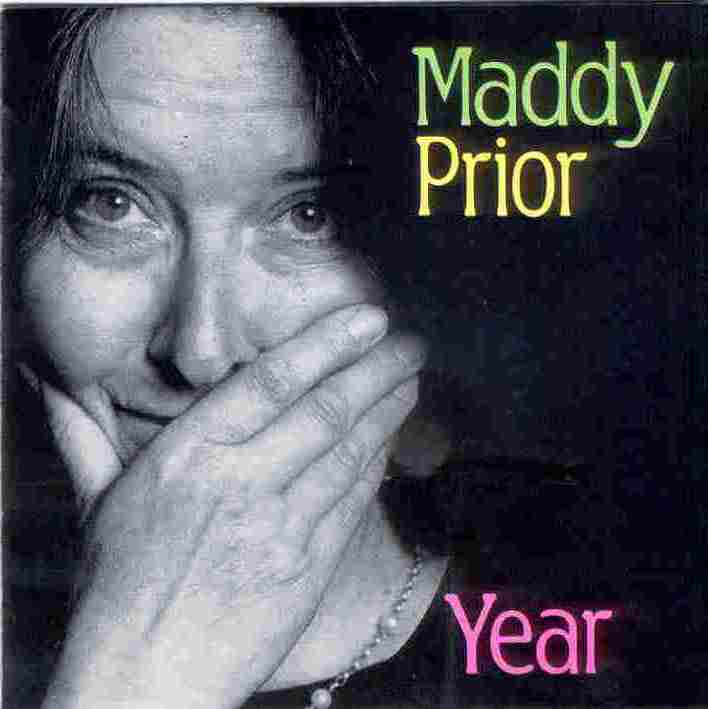Description
Track Listing
Who Would True Valour See (3.08)
Rejoice Ye Shining Worlds (2.09)
O Thou Who Camest From Above (2.36)
Lo He Comes With Clouds Descending (3.38)
How Firm a Foundation (Roud 7102) (2.56)
O for a Thousand Tongues to Sing (3.48)
As Pants the Hart (2.26)
The God of Abraham Praise (3.07)
The Twenty-Ninth of May or The Jovial Beggars, Monkland instrumental (2.35)
Light of the World (3.45)
All Hail the Pow’r of Jesus’ Name (4.02)
Lord, in the Morning (2.45)
Away With Our Sorrows and Care (3.18)
Christ the Lord Is Ris’n Today (3.12)
O Worship the King (3.25)
And Can It Be? (3.44)
Musicians
Maddy Prior, vocals;
Bill Badley, lute, guitar (19th cent. original), steel-string guitar, mandolin, mandocello, banjo, vocals;
Charles Fullbrook, tabors, side drum, bass drum, cymbals, wood blocks, cow bell, vocals;
Jub Davis, double bass;
Giles Lewin, violin, recorder [2, 13], vocals;
Andy Watts, curtal, bassoon (19th cent. original), clarinet in C, recorder [2, 7, 14], vocals
Sleeve Notes
From John Wesley’s instructions for singing, 1761:
Learn these tunes before you learn any others …
Sing them exactly as they are printed here without altering or mending them at all …
Sing All. See that you join with the congregation as frequently as you can …
Sing lustily and with a good courage. Beware of singing as if you were half dead, or half asleep; but lift up your voice with strength …
Sing modestly. Do not bawl, so as to be heard above or distinct from the rest of the congregation, that you may not destroy the harmony …
Sing in Time. Whatever time is sung, be sure to keep with it. Do not run before nor stay behind it … and take care not to sing too slow …
Above all sing spiritually. Have an eye to God in every word you sing. Aim at pleasing Him more than yourself or any other creature …
It’s hard to imagine hymns as something new, daring, even mildly subversive, but in the eighteenth century they were not only a novelty, their use in parish churches was strictly speaking illegal. Until about 1700 both Anglican and nonconformist congregations sang almost nothing but metrical psalms in the Old Version of Sternhold and Hopkins, 1562, to a limited number of tunes. Lord, In the Morning (no. 12) is in this style. Although much fine religious poetry was written in the seventeenth century, e.g. Who Would True Valour See (no. 1), hardly any of it was intended for church worship. At the end of the century, although many held loyally to Sternhold and Hopkins, several versions of the Psalms in a more contemporary style appeared, including Tate and Brady’s New Version 1696 (no. 7) and Isaac Watts Psalms of David Imitated in the Language of the New Testament 1719 (nos. 2,12) At the same time, Watts and others were writing hymns which, because they were not versions of Scripture, gave room for greater freedom of expression. The new forms were seized on with enthusiasm by John Wesley and his brother Charles, who made hymn-singing an important feature of their ministry. The Wesley’s appeal was largely to the working classes and their hymns were often used in large open-air meetings. Up to the point even new hymns had been sung by and large to the old psalm tunes, though Watts recommended a faster more robust style of singing. The Methodists however soon began to write new tunes for their hymns in an unashamed secular style which would not have been out of place in the theatre, the pleasure gardens, or even the tavern. It was this which so shocked the Establishment and delayed the introduction of hymns to parish churches. Such was the popularity of hymn-singing however, that by the end of the century it was widespread in nearly all denominations. To meet the demand a flood of hymnbooks appeared which continued into the Victorian era, until in 1861 Hymns Ancient and Modern appeared and gradually became the most widely-used.
What made the hymns so different from their old metrical psalms was their expression of personal religious thoughts and feelings in vigorous, emotional language. They spoke of God’s love for sinners, salvation for the individual, the liberating powers of Jesus, the inner experience of the Holy Spirit, strength to withstand oppression and the promise of future glory. This was abhorrent to most of the Anglican Establishment and the ruling classes. Memories of the Civil War made them highly suspicious of religious enthusiasm. However, unlike the earlier puritans (such as Bunyan) the eighteenth century evangelicals aimed to reform society rather than replace it with God’s kingdom on earth so in time even the Church of England could absorb many of the hymns into its worship.
The new tunes were remarkable for their variety, vitality and originality. Although some were written by professional musicians such as Samuel Stanley (no. 3), who also kept a tavern, Thomas Arne (no. 13)and William Croft (no. 15), many were written by men who had little or no formal musical training. Thomas Jarman (no. 6) was a tailor, Hugh Wilson (no. 7) a shoemaker and James Ellor (no. 11) worked in a hat factory. Some tunes have the character of art music while other seem close to folk tunes. Both words and tunes quickly crossed the Atlantic and American musicians also wrote their own or borrowed folk tunes (nos. 5,10).
The eighteenth century also saw the emergence of choirs and bands in parish churches and non-conformist chapels. In the seventeenth century psalm-singing had been unaccompanied, led by the parish clerk. Towards the end of the century small groups of male singers were formed to improve the singing of the psalms. Gradually children and then women were admitted to their ranks and instrumentals were added, most commonly bass viol, bassoon, clarinet, violin and flute. Other instruments such as oboes, trumpets and drums were found less often. The guitar was popular for music-making at home, and several collections of hymns with guitar accompaniment were published. From about 1790 some hymn books provided ‘symphonies’ i.e. introductions and interludes for the instruments. The musicians were mostly working people, sometimes with the benefit of tuition from a local `singing master’. From the 1830’s onwards, barrel organs and then pipe organs began to place the gallery bands, but for a century they must have provided a regular opportunity for making and listening to music for a sizeable section of the working class. The tradition was particularly strong in the Midlands and the North, and from it grew the musical societies and festivals, particularly for the performance of oratorio, whose direct descendants still flourish today. These amateur musicians would have been as familiar with Handel as with folk songs, a fact reflected in the diversity of the hymn tunes.
Most of the hymns on this recording are still sung in churches today. In preparing the music we looked at eighteenth and early nineteenth century hymn books and in many cases restored the melodies and harmonies to their original form. Otherwise, we have not aimed at authentic recreation of the gallery bands, but hope in our own way to have captured the enthusiasm and enjoyment which they evidently brought to their music-making.






